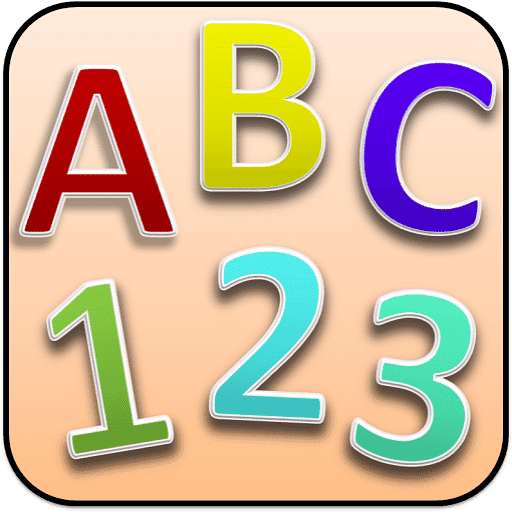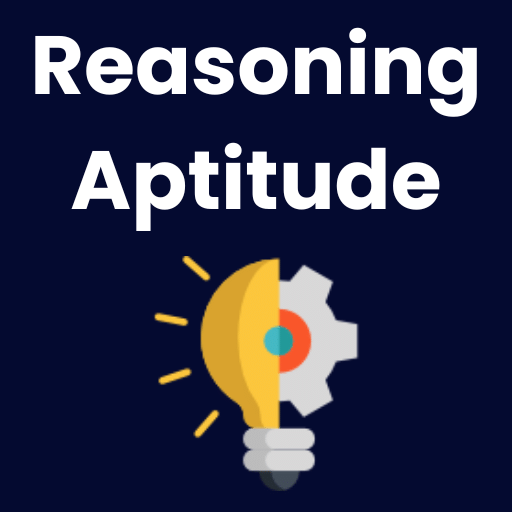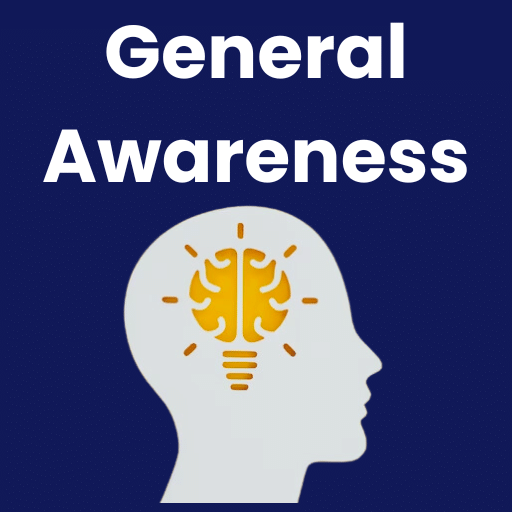Alphanumeric Series, Introduction and Examples (with Solutions) - 1 | Reasoning Aptitude for Competitive Examinations - Bank Exams PDF Download
| Table of contents |

|
| Introduction to Alphanumeric Series |

|
| Components of Alphanumeric Series |

|
| Examples |

|
| General Tips for Alphanumeric Series Questions |

|
Introduction to Alphanumeric Series
Alphanumeric series are sequences that combine alphabetic characters (letters), numeric digits, and sometimes symbols or special characters. 
These series are often used in various reasoning and analytical tests to assess a person's ability to recognize patterns, decode relationships, and apply logical reasoning.
Components of Alphanumeric Series
Alphabetic Characters (Letters): These include both uppercase (A-Z) and lowercase (a-z) letters of the alphabet. They are typically arranged in a sequential or random order within the series.
Numeric Digits: Digits (0-9) are interspersed among the letters or may form standalone numbers within the series. They can be used for arithmetic operations, sequencing, or other manipulations.
Symbols and Special Characters: Symbols such as @, &, *, %, #, $, etc., are often included in alphanumeric series. These symbols may have specific meanings or functions within the context of the series.
Usage:
Alphanumeric series are commonly used in various contexts such as:
- Coding and Programming: They are used to create sequences or patterns that programmers manipulate and analyze.
- Puzzles and Games: They are used in puzzles and brain teasers where the challenge might involve sorting, rearranging, or identifying patterns in the series.
- Data Representation: In databases and data structures, alphanumeric series can be used to store and represent information in a structured manner.
Types of Questions in Alphanumeric Series
Alphanumeric series questions commonly test skills in the following areas:
Pattern Recognition: Identifying and understanding recurring patterns or sequences within the series.
Coding-Decoding: Deciphering coded messages or rules that dictate how elements are arranged or transformed within the series.
Positional Logic: Determining the position of specific elements (letters, numbers, symbols) based on given conditions or operations.
Arithmetic Operations: Performing arithmetic operations (addition, subtraction, multiplication, division) on numeric digits within the series.
Symbol and Letter Manipulation: Rearranging or modifying the order of symbols and letters based on specified rules or transformations.
 |
Download the notes
Alphanumeric Series, Introduction and Examples (with Solutions) - 1
|
Download as PDF |
Examples
Example 1: Given Series: L F 3 # R N 8 A @ Y 4 M © W P 6 H U 9 I K 2 E
Question: If all numbers are dropped from the arrangement, which of the following will be the fourteenth from the left end?
Solution:
Original Series without Numbers: L F # R N A @ Y M © W P H U I K E
Counting the elements: L F # R N A @ Y M © W P H U I K E
The fourteenth element from the left end is U.
Example 2: Given Series: A 2 B C 3 D E 4 F G 5 H I 6 J K 7 L M N 8 O P 9 Q R
Question: What is the third element from the right end?
Solution:
Original Series: A 2 B C 3 D E 4 F G 5 H I 6 J K 7 L M N 8 O P 9 Q R
Third element from the right end is 9
Example 3: Given Series: P Q R 1 S T U V 2 W X Y Z 3 A B C D E 4 F G H I J K L M N
Question: Which element is a vowel?
Solution:
Original Series: P Q R 1 S T U V 2 W X Y Z 3 A B C D E 4 F G H I J K L M N
Vowels in the series are U, A, E, I
Example 4: Given Series: @ A 2 # B 3 $ C 4 % D 5 ^ E 6 & F 7 * G 8 H 9 I
Question: What is the sixth element from the left end?
Solution:
Original Series: @ A 2 # B 3 $ C 4 % D 5 ^ E 6 & F 7 * G 8 H 9 I
The sixth element from the left end is *.
Example 5: Given Series: 5 T 3 P # 2 D 6 F @ K 9 L M 1 A B C 8 G 4 E 7 R
Question: Which elements are symbols?
Solution:
Original Series: T P # D F @ K L M A B C G E R
Symbols in the series are # @.
Example 6: Given Series: Z Y X 4 W V U 3 T S R 2 Q P O 1 N M L 5 K J I H G F E D C B A
Question: What is the seventh element from the right end?
Solution:
Original Series: Z Y X 4 W V U 3 T S R 2 Q P O 1 N M L 5 K J I H G F E D C B A
The seventh element from the right end is G.
Example 7: Given Series: 6 J * 4 H @ 7 F 3 D # 5 G $ 2 E % 1 B ^ 9 I & 8 C ! A
Question: What is the fifth element from the left end?
Solution:
Original Series: 6 J * 4 H @ 7 F 3 D # 5 G $ 2 E % 1 B ^ 9 I & 8 C ! A
The fifth element from the left end is H.
Example 8: Given Series: 8 X 6 Z 7 Y 4 T 5 W 3 S 2 U 1 V 9 Q 0 R
Question: Which elements are digits?
Solution:
Original Series: X Z Y T W S U V Q R
Digits in the series are 8 6 7 4 5 3 2 1 9 0.
Example 9: Given Series: $ 2 * 3 @ 7 # 9 & 5 % 4 ! 1 ^ 6 8
Question: What is the fourth element from the left end?
Solution:
Original Series: $ 2 * 3 @ 7 # 9 & 5 % 4 ! 1 ^ 6 8
The fourth element from the left end is 3.
Example 10: Given Series: F 5 G 3 H 6 I 2 J 4 K 7 L 1 M 8 N 9 O
Question: What is the eighth element from the right end?
Solution:
Original Series: F 5 G 3 H 6 I 2 J 4 K 7 L 1 M 8 N 9 O
The eighth element from the right end is 7
General Tips for Alphanumeric Series Questions
Understand the Series: Read the series carefully and identify the types of elements present (letters, numbers, symbols).
Follow Instructions: Pay close attention to the specific operations or modifications (e.g., dropping numbers, interchanging digits) required in each question.
3.Practice Regularly: Familiarize yourself with different patterns and types of questions to improve your speed and accuracy.
4.Logical Reasoning: Develop logical reasoning skills to deduce relationships and draw conclusions based on given rules.
|
11 videos|20 docs|171 tests
|
FAQs on Alphanumeric Series, Introduction and Examples (with Solutions) - 1 - Reasoning Aptitude for Competitive Examinations - Bank Exams
| 1. What are the components of an alphanumeric series? |  |
| 2. Can you provide examples of alphanumeric series? |  |
| 3. What are some general tips for solving alphanumeric series questions? |  |
| 4. How can alphanumeric series questions be beneficial for bank exams? |  |
| 5. Why are alphanumeric series questions important in competitive exams? |  |


































